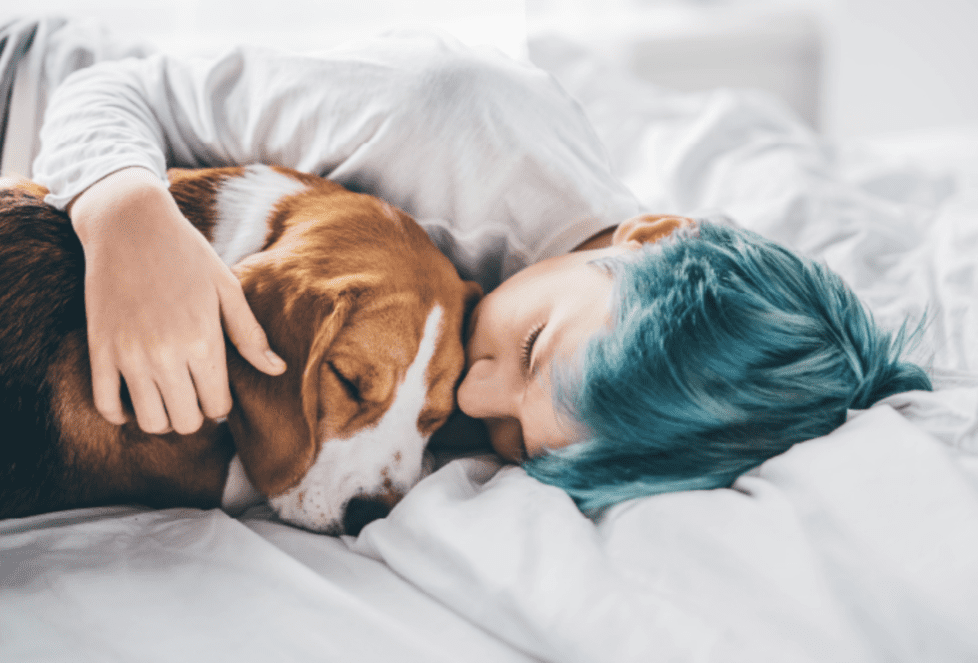Last Updated on November 8, 2022 by Dogs Vets
6 Dangerous Signs To Look For To Prevent Dog Depression
Depression is real.
Not only humans can be victims of it, but dogs and other animals also. When we feel blue, we communicate with our confidants and friends.
But have you ever thought about who your pet would communicate with when they’re lonely and sad?
Of course, it’d be you.
That’s why you should know a few signs that talk a lot about their mental state.
And here, avoidance is the biggest blunder; perhaps it’ll worsen the already dreadful situation.
Like humans, your pets, too, deserve an environment that’s filled with their necessary items and dog room decor.
Despite having a suitable place for your pet, they can still fall into a depressed state.
Here are those signs that you should look for to prevent your dog’s depression.
1. Drastic Shift in Sleeping Time

Dogs do require a good amount of sleep.
But if he’s started sleeping more than his previous sleeping time lately, then there’s something wrong with him.
That means he’s depressed, unhappy, and lonely.
It’s a bad sign if your pet’s disinterested in wagging his tail, especially when you step into the home after work.
That shows he’s depressed and you need to book your vet’s appointment.
2. Frequently Licking Paws

Excessively licking is a sign of dog depression.
Oftentimes, dogs lick their paws when they’re anxious.
If they begin licking or chewing anything that comes in their way, it means they’re rooted in physiological or psychological issues.
That’s a hint at visiting a vet for check-ups.
3. Low Enthusiasm

If your pet shows low enthusiasm despite taking his favorite frisbee off the shelf or throwing a party by giving your dog a birthday present, that shows he’s not in a good mental state.
Lack of enthusiasm in dogs is a sign of utter sadness and loneliness. That can be fixed with regular check-ups and social interaction.
4. Ignoring Playtime

Is he avoiding exercise or playtime?
If so, he’s miserable and downhearted.
A drastic shift from a high level of enthusiasm to mild curiosity tells you more about your dog’s behavior and mental state.
5. Showing Sudden Aggression

Does your pet get aggressive out of the blue?
If he’s frequently growling and avoiding social interactions, that means there’s something wrong with him.
Suddenly showing aggression is a sign of a low level of serotonin.
Because of that, dogs get anxious too often; eventually, they become aggressive, which is a byproduct of their anxiety.
6. Change in Diet

The sudden shift in appetite hints at various dog issues.
The most common ones are fatigue, digestive problems, and mild stress.
The root cause of all of them is weight gain.
However, mild stress turns into long-lasting depression when dogs begin to eat weird foods at weird times.
Any drastic change in appetite indicates a sign of depression. If you find it, it’s time to get an appointment with your vet.
Final Note
Dogs are as complex as humans. And they can be sad for several reasons.
If a canine can fall into a depressed state, they can also be healed from it.
However, they’d require your support—emotionally and mentally.
The above-shared signs will tell you about the dogs’ mental health status. As a dog-lover, you should act upon them as soon as you identify them.
See also: Why Do Dogs Lick Everything So Much

















